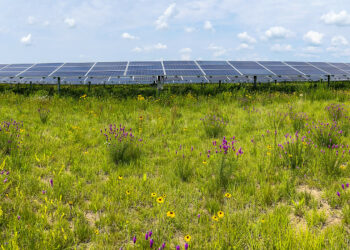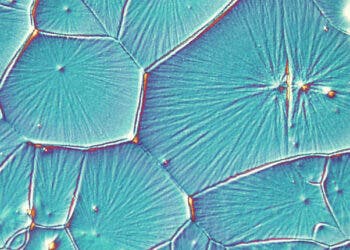
Trees employ a fractal structure of branches to twigs to spread a wide array of leaves for maximized sunlight collection. Similarly, chemists at University of California, Davis developed a set of microscopic “trees” made out of silver, which the researchers claim might well form the basis for a new range of highly efficient solar cells in the future.
“We expect these structures will allow us to make better, more efficient solar cells,” said Professor Frank Osterloh, a principal investigator on the $100,000 grant.
The research team, led by Professor Frank Osterloh, developed the intricate structure of silver nitrate fractals after applying flourine doped tin oxide to silver salt. The electrochemical reaction led the silver nitrate to grow into a tiny tree like structure, as branches of silver 1-50th the width of a human hair are themselves branched, and smaller branches grow on those branches, forming a treelike pattern.
For a solar cell lab application, the silver fractals were coated with light-absorbing polymers. When light photons came into contact with the coating, short-lived electrons were born which produced holes in the polymer. This positively charge holes were collected through the silver branches of the tree-like structure, while the electrons move to the counterelectrode, thus creating an electrical potential.
Current commercially available solar cells have a maximum rated efficiency of around 20%. The UC Davis researchers now intend on building a much anticipated solar cell based on the tiny silver fractal structure, which they believe is set to render some impressive results already. We’ll see.






